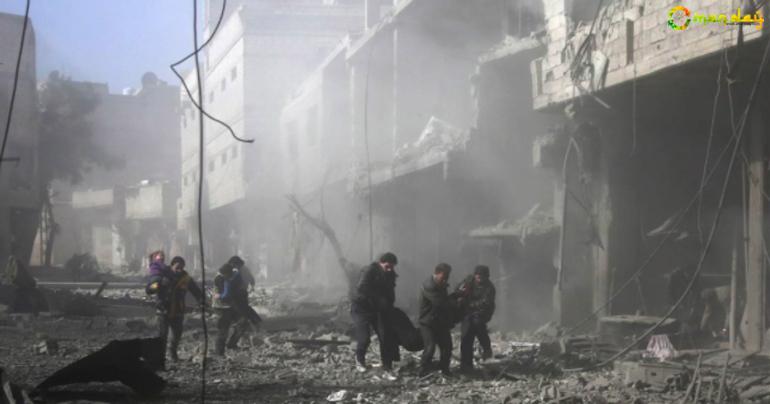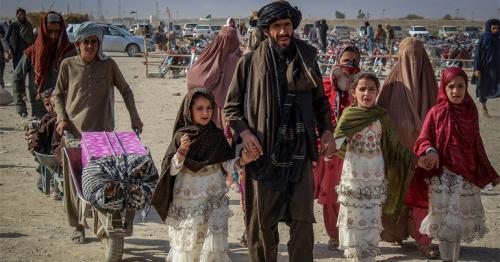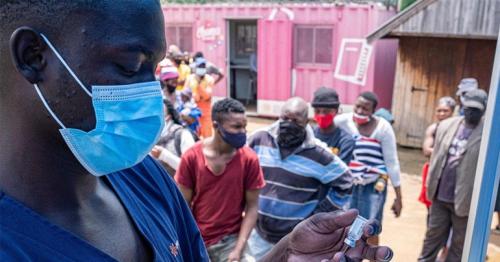At least 200 dead in Syrian government airstrikes as the war ramps up
A surge in Syrian government airstrikes has killed at least 200 people over the past two days on the outskirts of Damascus, aid agencies said Tuesday, as the Syrian war ramps up and civilians again pay the price for the failure of international efforts to resolve it.
The bloodshed marked one of the deadliest episodes in the seven-year war, aid agencies and human rights monitors said, as nightfall brought more waves of bombing against the cluster of towns and villages known as Eastern Ghouta, one of the largest areas still under rebel control.
Residents said they had been cowering in their basements since Sunday as squadrons of fighter jets circled over their neighborhoods, taking turns bombing. When the jets run low on fuel, they are replaced by more planes, sustaining a continuous roar of aircraft punctuated by explosions, said Firas Abdullah, an activist with the Ghouta Media Center.
Helicopters joined the warplanes, dropping crude devices known as barrel bombs crammed with nails and metal to make them more lethal, he said. “The situation here was always bad, but this is the worst we have ever seen,” Abdullah said.
Hundreds of people have been injured, flooding hospitals and clinics with casualties they are ill-equipped to treat after four years under siege. Medical facilities have been hit, too, with 12 hospitals and clinics struck by bombs and knocked out of action in the past two days, according to the Union of Medical Care and Relief Organizations (UOSSM). It put the toll of two days of bombing at more than 200 killed and 700 injured.
In Ghouta, Syria, more than a hundred people were killed Feb. 19 by attacks from pro-government forces. (Syrian Civil Defense in Damascus)
“The sheer intensity of airstrikes is leveling the city and killing civilians without any regard or mercy,” said Zedoun Al Zoebi, the head of UOSSM. “Medicine and medical supplies have not been allowed into the city for months now, and there is virtually no medical care available for these people as they suffer severe trauma wounds.”
The Syrian American Medical Society (SAMS), which also supports hospitals in the area, put the 48-hour death toll at 250, the highest in Syria in an equivalent time frame since a 2013 sarin gas attack in Eastern Ghouta that killed about 1,400 people.
“Hospitals are overwhelmed. Floors are overflowing with injured and blood. Those patients we discharged a couple of days ago are now back with more serious injuries,” SAMS quoted a doctor in Eastern Ghouta as saying.
[Starved and abandoned, rebel-held Damascus suburb braces for new attacks]
The strikes are a reminder that a conflict many thought was winding down still has not run its course. Rather, many more battles lie ahead as Russian peace efforts falter and as Syrian President Bashar al-Assad seeks to assert his authority over all the areas he lost during the rebellion that erupted seven years ago.
American diplomacy is absent, hamstrung by the loss of U.S. influence since Russia intervened in support of Assad in 2015 and by a vacuum in the Syria office at the State Department. The last Syria envoy departed in March and has not been replaced.
State Department spokeswoman Heather Nauert said the United States is “deeply concerned” by the bloodshed in Eastern Ghouta. “This escalation is exacerbating the already grave human suffering of nearly 400,000 people,” she said, expressing U.S. support for a United Nations appeal for a month-long cease-fire that was made more than two weeks ago.
...[ Continue to next page ]
tag: blog , information
Share This Post






